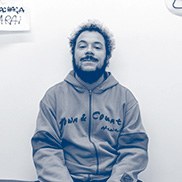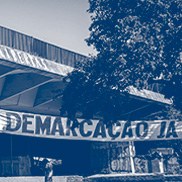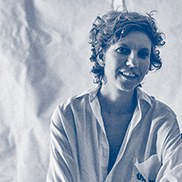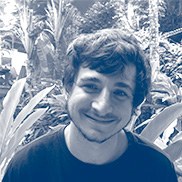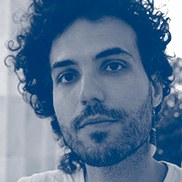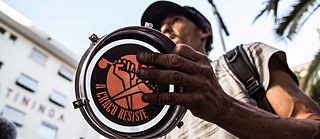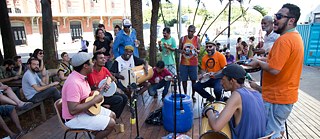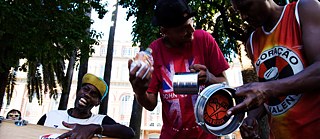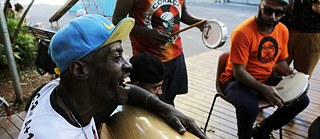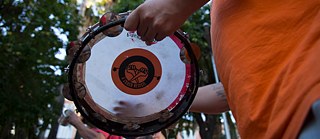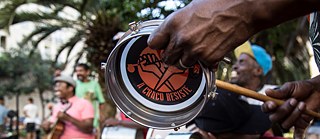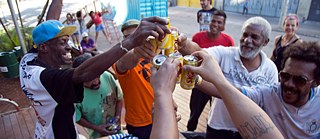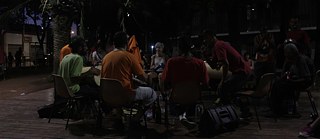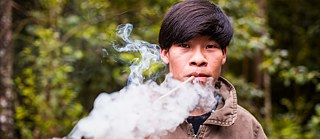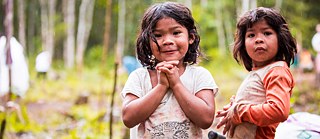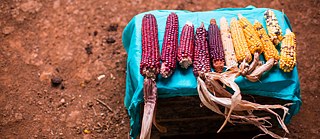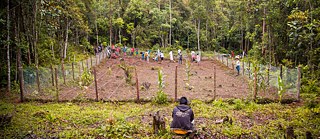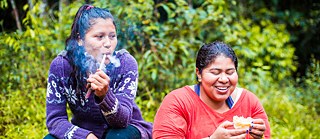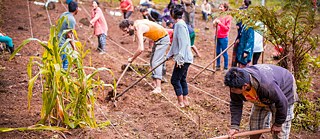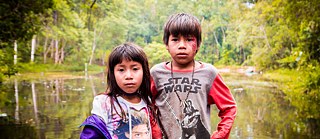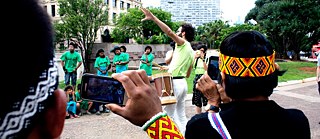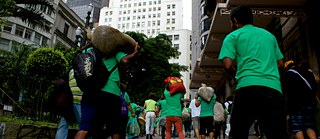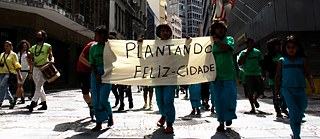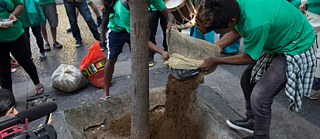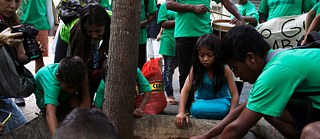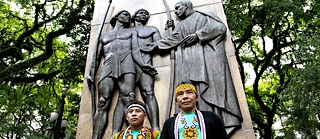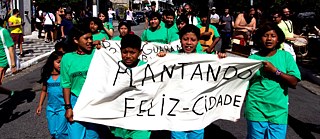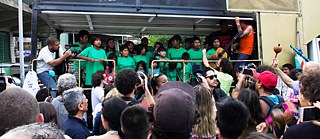Parades, parties, holidays, and public sculptures are rituals that are used by societies to remember their history. The “Counter-Memories” project will challenge these mechanisms of memory and oblivion from the experience of two communities: Tenondé Porã of the Mbya Guarani community, a semi-urban village of more than 2,000 people living in the south end of São Paulo, and Cracolandia, a marginal downtown neighborhood known as “crack land.”
In the case of Tenondé Porã, the Terreyro Coreográfico collective aims to rescue, by means of dance, the memory related to the cultivation of Guarani maize. Meanwhile, “Craco Resists,” under the artistic direction of Raphael Escobar, consists in producing music that gives visibility to the story of the inhabitants of this neighborhood.
This action is compounded by the "Counter-Calendar", a digital project devised by Clara Ianni and Benjamin Seroussi, which seeks to commemorate milestones and events that belong to the collective memory of South America and are different from traditional holidays.
If most holidays are the product of hegemonic narratives, what are the memories and experiences that we can evoke to build different stories? What milestones are important to build other stories? What events are important to invent other presents? What kind of date deserves to be remembered or forgotten?
This initiative is available in English, Spanish and Portuguese at contracalendario.net.
CRACO RESIsTS
Musical actions that seek to tell other stories from Cracolandia.November
“Craco Resists” is a movement created by inhabitants and visitors of the region known as Cracolandia, with the aim of resisting the stigmatization of this part of the city and the almost exclusionist treatment given by the police to a more complex issue. The association with artist Raphael Escobar, in collaboration with DJ CIA, is given by the strengthening of the role of music as a way of creating different narratives from this area, as well as a possible source of income for its participants, which include artists like Meianoite, Cauex, and Denis.
Kalipety village and Choreographic Terreyro
Workshop and ritualEncounters with the Kalipety Guarani community.
October and November
The Kalipety village of the Mbya Guarani community is a semi-urban community with more than two thousand inhabitants settled in the south end of São Paulo. This village emerged from the movement where traditional lands were taken back, and it was recognized as such in 2016. The Choreographic Terreyro has been working with this community to rescue their memory through collective assemblies and the choreography of a ritual in Anhangabaú, a public park located in the center of the city.
Counter-rituals
One or several actions will formally conclude the project and the experiences lived through it.October – November



